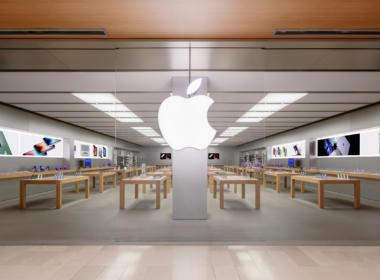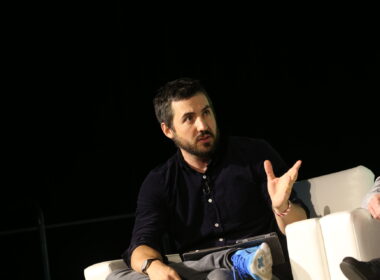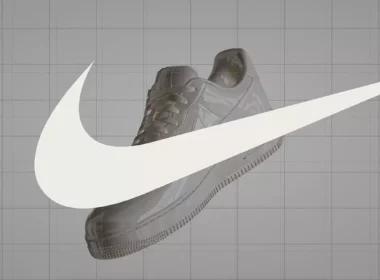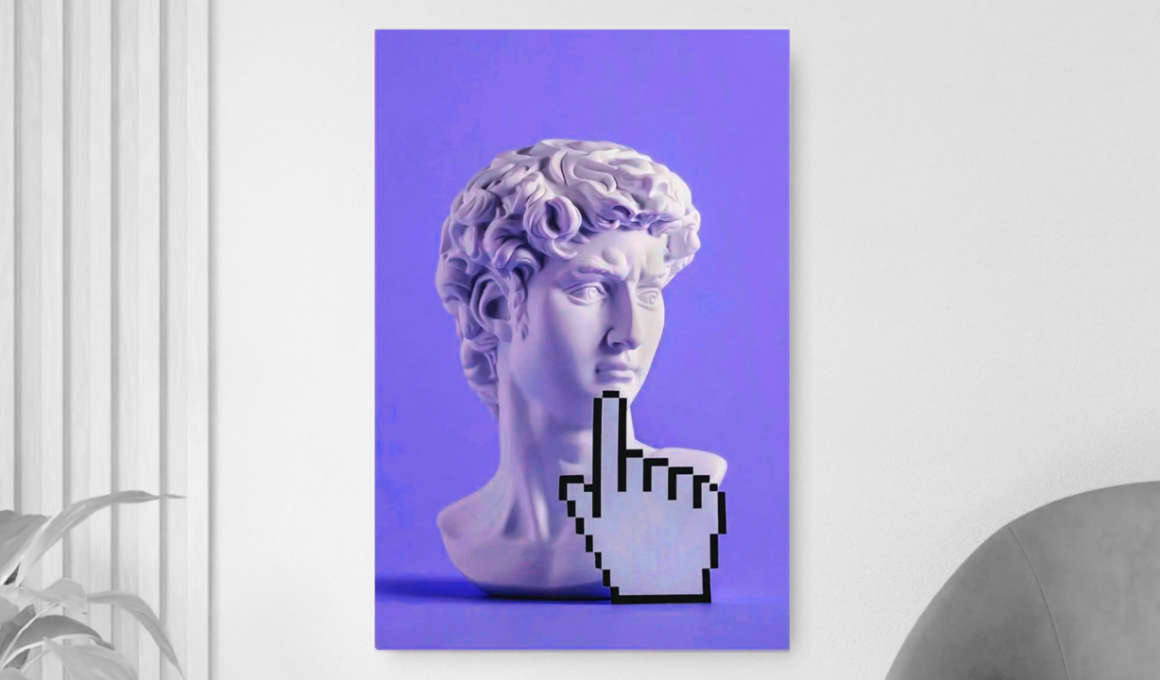Whether it’s through traditional media, your favorite influencers, or by doing your own research, chances are you’ve already heard of the word “NFT.”
One of the most controversial trends of the moment, NFTs have grown by leaps and bounds over the past few years, generating billions of dollars.
But then, what is an NFT and what is it for? Well, that’s what we’ve tried to explain to you in this article.
What’s an NFT?
An NFT or “non-fungible token” is a digital token that is immutably stored on the blockchain and therefore cannot be falsified or replaced. An NFT can represent an image, a video, a music, or a 3D model.
One of the main functions of an NFT is its ability to prove the ownership of any digital work, to make it authentic and unique. In other words, a non-fungible token (NFT) acts as a certificate of authenticity for a digital file.

Be careful not to confuse a non-fungible token (NFT) with a crypto currency. Although both are stored on the blockchain, an NFT differs from a crypto currency in that it is non-fungible, which makes it interchangeable, whereas a cryptographic unit (BTC, ETH) can be replaced by any other token under the same symbol.
Indeed, 1 BTC can be replaced by any BTC available on the market. Its value will not change. On the other hand, an NFT from the “Bored Ape Yacht Club” collection, for example, cannot be replaced by any NFT, whether it comes from the same collection or not.
This is why NFTs are associated with a unique identifier directly linked to the blockchain (e.g. BAYC #1552, CloneX #11587, etc).
What is the difference between a collection and an NFT?
A collection is simply a grouping of several tens, hundreds or even thousands of NFTs with similar (but unique!) characteristics (attributes). It is mainly through collections that the “NFT” trend has exploded in recent years.
If we take the example of the “Bored Ape Yacht Club” collection, one of the most popular NFT projects on the market, it has generated a total trading volume of about 800,000 ETH.
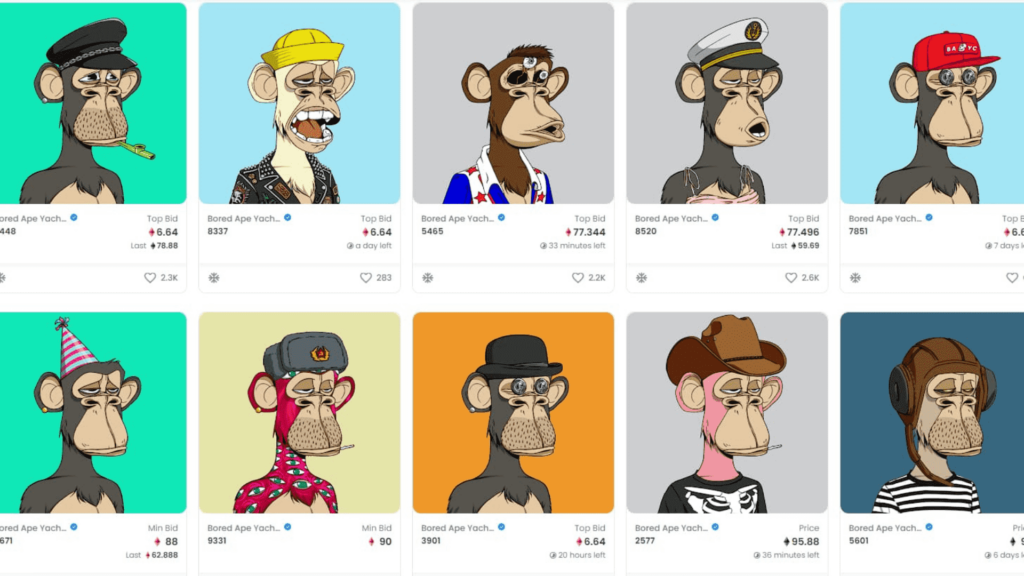
What are the use cases of the NFT?
There are a variety of use cases associated with NFT today. From video games to art to music, NFT technology has become part of some of the biggest industries in the world.
Here are some of the most popular NFT use cases:
- Collectibles: Collectibles are simply NFTs that investors buy to collect. Collectibles are often part of collections consisting of several thousand NFTs with different characteristics.
Examples include NFTs from the “CloneX” collection on Ethereum or “Degods” on Solana.
- Video Games: The NFT trend in the gaming world has been getting a lot of press. Although extremely controversial among gamers, this new use case is seen, by some, as revolutionary for the video game industry in general.
The goal is for gamers to actually own the items (skin, accessory, etc.) they purchase, but also to be able to reuse them in other video games.
- Art: Many artists, initially strangers to the world of NFT, have turned to this technology to authenticate the uniqueness of their digital works. In addition, NFT gives them the opportunity to create a sense of rarity by publishing very limited editions of their work.
- Fashion: NFT technology gives consumers the ability to verify the authenticity of their clothing by scanning a QR Code, or even better, by scanning an NFC chip linking them directly to their NFT. This is what we propose at Fungible Apparel, to learn more: (put link)
Among the fashion brands using in one way or another the NFT, we find Nike, Adidas, Lacoste, Puma, Gucci, Ralph Lauren or Gap to name a few.
There are actually many others, such as music, sports, real estate or decentralized finance (DeFi) to name a few.
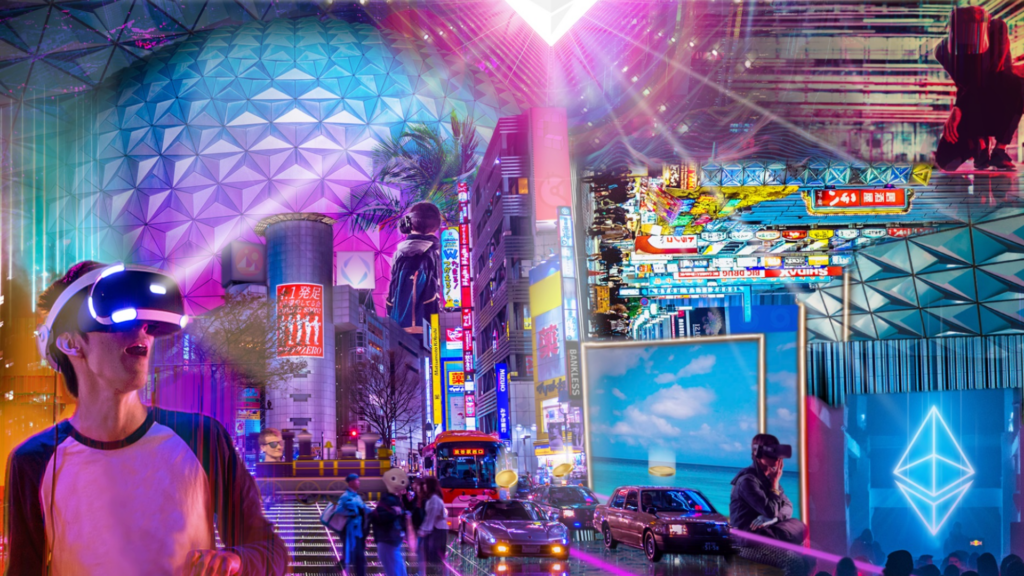
What are the most popular art styles in the NFT?
To conclude this introductory article on NFTs, let’s look back at the most popular artistic styles within this ecosystem:
- Pixel art : Cyberpunks, Moonbirds, Murakami.Flowers, Solana Monkey Business, etc.
- 2d (classic): Bored Ape Yacht Club, Otherdeed, Degods, Doodles, Cool Cats, etc.
- 3D: Clone X, RTKFT, Elrond Apes, Degenerate ape Academy, etc.

